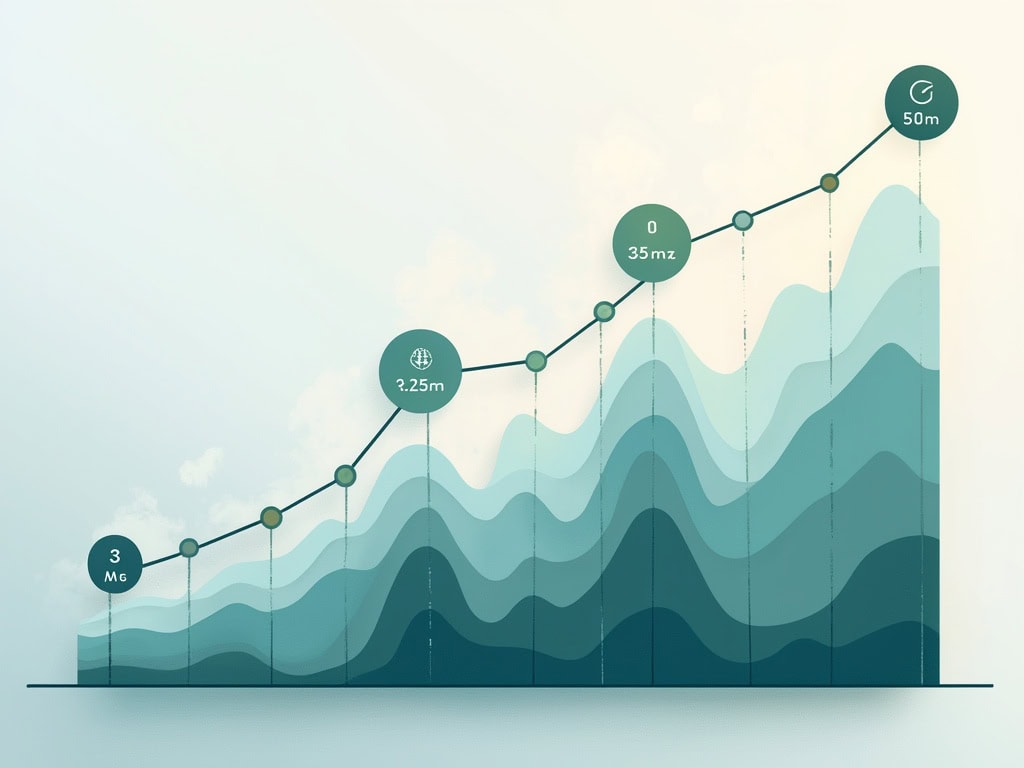Google’s AIO Tracking Metrics: Unified Position Challenges for Digital Marketers

Google Confirms Single Position Tracking for AI Overview Links in Search Console
Google has officially clarified that all links appearing within AI Overviews (AIOs) share a single position metric in Google Search Console reports, regardless of their placement within the overview panel. This announcement comes as digital marketers seek clarity on how these new AI-generated search features impact business visibility and performance.
John Mueller, a Google representative, addressed this topic in response to SEO consultant Gianluca Fiorelli's inquiry about position tracking for AIO URLs. "Basically an AIO counts as a block, so it's all one position," Mueller explained. "It can be first position if the block is shown first, but I don't know if AIO is always shown first."
Understanding the Metrics
According to Google's Search Console documentation, three key metrics apply to AI Overviews:
- Position tracking: All links within an AIO share the same position value in reports
- Click counting: External link clicks are recorded individually
- Impression measurement: Links must be visible through scrolling or expansion to count
The Impact on Traffic Analysis
The unified position tracking system presents significant challenges for digital marketers attempting to analyze the effectiveness of AIO placements. Businesses focusing on increasing organic search traffic and visibility must now adapt their strategies to account for these measurement limitations.
Lily Ray, Vice President of SEO Strategy & Research at Amsive, highlights a significant disconnect between Google's claims and real-world observations.
"Google's year-old assertion that websites receive more clicks when featured in AI Overviews remains unsubstantiated," Ray notes. "Every study so far has shown the opposite."
Data Transparency Concerns
The lack of granular data has sparked debate within the SEO community. While Google maintains that AIO appearances drive more traffic than traditional listings, professionals report conflicting experiences. The current tracking system makes it impossible to:
- Determine which specific AIO placements perform better
- Compare traffic between different positions within the overview
- Verify Google's claims about increased click-through rates
Strategic Implications for Digital Marketers
Organizations must now reassess their Google optimization and measurement tools strategy while considering these new tracking limitations. This includes developing alternative methods to measure success and implementing more comprehensive analytics approaches.
The situation underscores the evolving nature of search result tracking as Google continues to integrate AI-generated content into search results. As the debate continues, marketers and SEO professionals must adapt their strategies while pushing for more comprehensive tracking capabilities.
For more information about AI Overview tracking metrics, visit Google's Search Central Blog.

